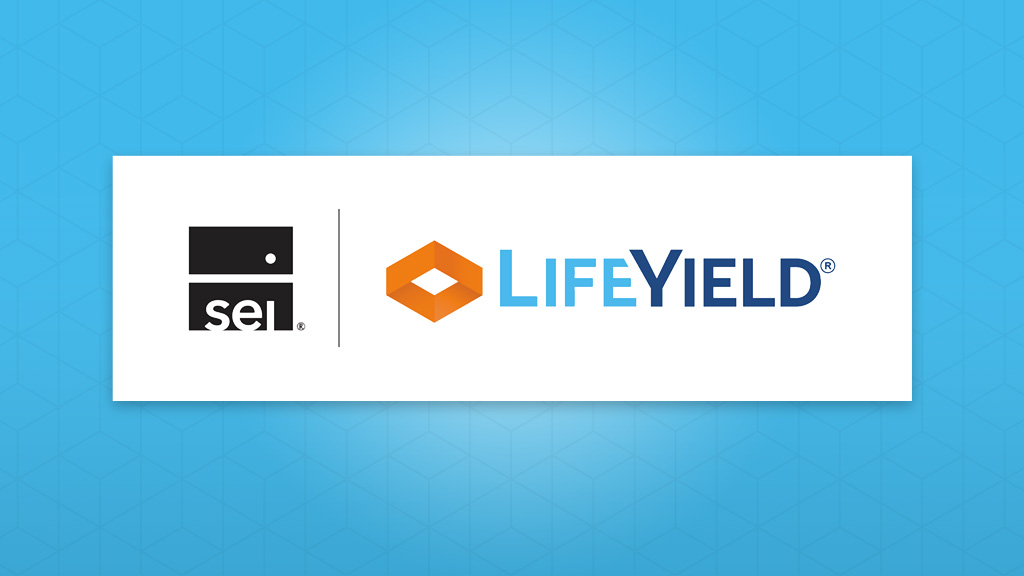Use Three Levers to Improve Investing Outcomes

How many investors think their advisors are magicians, with extraordinary powers to control the returns on their investments? Think of the investment returns you could help investors achieve if you could only pull a rabbit out of your hat!
But you know that while luck and circumstance affect returns on investments, magic seldom does. So, in managing client accounts, the key factors you exam and weigh are:
- Managing investment costs.
- Adapting investment portfolios for investor risk tolerance.
- Selecting and locating investments for tax efficiency.
Moreover, an investor, working with an advisor, must work these three levers – cost, risk, and tax efficiency – simultaneously to achieve the best return on investments.
No “abracadabra” in that. Just solid analysis and thinking, hard work, and your commitment to client success. Having the right fintech tools will give you an advantage, too.
Costs of Clients’ Investment Accounts
Most clients manage their investment accounts with the goal of earning enough to sustain them during retirement. They can find themselves in a tough spot If they do not have enough money in their accounts to supplement their income from Social Security and, possibly, pensions or annuities.
Among the factors that affect investment returns are the costs investors pay for assets and to investment advisors for managing them. Take mutual funds, for example:
“No-load” funds don’t have sales fees; mutual fund investments with “loads” have sales charges or commissions attached. Those accrue to investors’ costs. Some loads are upfront or paid at the time of investment, or back-end paid at the time of sale. Some loads are level – they’re charged annually.
To extend the example, both no-load and load mutual funds may have what’s known as a “12-b” fee that covers a fund’s distribution and marketing costs. Investors in mutual funds also keep an eye on the investments’ expense ratio, the dollar average of assets under management divided by the total costs of fees and charges.
Mutual funds are only one type of investment. Others that attract high-net-worth investors – like separately managed accounts, unified managed accounts, and real estate investment trusts (REITs) — also incur costs to the investors who own them. The highest the costs, the lower the overall return. It’s simple.
As an advisor, your knowledge of an investor’s financial worth, tolerance for risk, and tax liability guide your advice as to what investments are appropriate. Some investors are comfortable with the higher costs of actively managed mutual funds, for example, because they don’t feel expert enough to choose their own investments or trust the reputation of mutual fund managers. Others prefer to invest in mutual funds with lower costs and expense ratios.
With time on their hands during pandemic lockdowns, many individuals have thrown themselves into investing without knowing much about the costs of their new hobby. Advisory firms are attracting investors by offering zero-fee trades as an incentive for investing with them. That doesn’t mean there are no fees, only zero fees for trading. Investors may not realize (or pay attention to the information they receive) they will still pay fees to advisors based on assets under management.
Penalties are another cost that can lower your clients’ investment returns. Clients must pay 10% penalties on top of income taxes if they withdraw money from tax-advantaged accounts, such as 401(k) or individual retirement accounts (IRAs), before age 59½. Exceptions are if investors take withdrawals out of hardship or as loans that they repay to their accounts.
The Risk in a Client’s Investment Accounts
Every person’s financial goals are different. The same is true about every person’s appetite for financial risk. Risk tolerance can depend on a client’s age and financial situation, understanding of economics and how markets work, and even personal history.
If a client is unwilling to experience much volatility – swings in highs and lows – in an investment account, they are more risk-averse. As an advisor, you respect this and help them find investments they feel more comfortable with. (You remind them, frequently of course, that investment returns are not guaranteed, and investments may fluctuate in value.)
If a client is willing to take chances and wants to shoot for the highest possible return, you assume they have a higher risk tolerance and won’t be flummoxed if an investment dips precipitously in value. You then help them invest in riskier if potentially higher-yielding investments, hoping to set them up to experience the type of returns they wish to receive.
Willingness to take risks and the ability to withstand losses don’t always mean that a client should invest in riskier investments. In some cases, advisors will recommend to clients that they balance accounts in a portfolio with investments of high, moderate, and low risk.
A client risk profile helps you establish the ratio of investments in single accounts and – even better – across all accounts in a client’s portfolio. It also provides the guide star for the regular rebalancing of accounts. The rebalancing process aims to keep client portfolios aligned to the financial plan, investor goals, risk tolerance, and tax liability.
And, Always, Taxes
Especially in bull markets, investors can become so transfixed by returns that they overlook the costs of investments. And one of the largest costs that most investors have is what they pay in taxes on investment gains and income.
Investors, of course, have ways to defer taxes while they accumulate wealth. Tax-deferred accounts like 401(k)s, individual retirement accounts (IRAs), and even health savings accounts (HSAs) lack the thirst of investors for both garnering returns and saving for their retirement.
Some investors have collected a string of tax-advantaged accounts over their working years as they changed careers and employers. Some have received compensation and bonuses in the form of company stock or options. And given the persistence of historically low-interest rates, even “savers” have turned to relatively stable investments for better returns than savings or money market accounts.
Investors with stock, bond, or other investments in brokerage accounts can use tax-harvesting – that is, offsetting gains on sales with losses in others to lower their tax liability. But that requires care to be sure investors are harvesting in ways that lower their tax obligations without handicapping future returns.
And so, many clients turn up at the offices of financial advisors with an array of tax-deferred, tax-exempt, and taxable accounts. They’ve accumulated these accounts over years of working and investing. Seldom is there any cohesion or coordination among a single client’s investment accounts.
Rarer still are the clients who belong to households and have approached their investing as a team. That is, they have a spouse or partner, or at times a child with whom they share financial goals – usually for retirement and legacy planning. And they file taxes jointly.
These clients urgently need to work with an advisor who takes a unified managed household (UMH) approach. Otherwise, they are not aiming at the same target, nor are they doing all they can to make their portfolios tax efficient.
As the saying goes, you have to pay the piper. Investors will pay taxes when they withdraw money for expenses before or after retirement and selling assets like stock will, in most cases, incur tax bills. Think of the potential for those taxes if two members of a household begin converting investments into income!
Costs, Risk, and Taxes
So, cost, risks, and taxes. Three levers that together may define the income and living standards of clients in their retirement. How do you get your two hands on all three levers at once? Thankfully, financial technology is now more advanced than ever and better integrated than ever.
Through the – yes – magic of APIs, or advanced programming interfaces, advisory firms are creating more fulsome and powerful tools for advisors to take the unified managed household view of client portfolios and optimize them for cost, risk, and tax liability.
LifeYield tools unify household accounts and, within the advisory firm’s own client account and management tools, help advisors:
- Scan all a household’s accounts and identify the tax-smart location for every asset.
- Measure the tax efficiency of all an individual’s or a household’s accounts and offer guidance on how to make the unified managed household more tax efficient.
- Identify opportunities to harvest gains or losses across all taxable and non-taxable accounts in a household.
- Rebalance multiple accounts in a household, with multi-account tax harvesting and automated asset location optimization.
- Recommend tax-smart withdrawals from multiple accounts by selling mislocated assets, minimizing drift, and identifying opportunities to harvest losses.
LifeYield can help you and your firm optimize household or individual investor accounts for tax efficiency and turn a regular investor account into one that is more tax advantageous overall. They produce demonstrable results that you can put in front of a client, showing how better management of their assets can lead to better tax efficiency and overall wealth.
A satisfied client is one who doesn’t have to pay their entire life savings in taxes. A satisfied client elects to put more assets under your firm’s management and recommends you to friends and colleagues.
Monthly insights from our Chief Growth Officer, Jack Sharry
Get exclusive insights and interviews from around the industry

 By
By 




